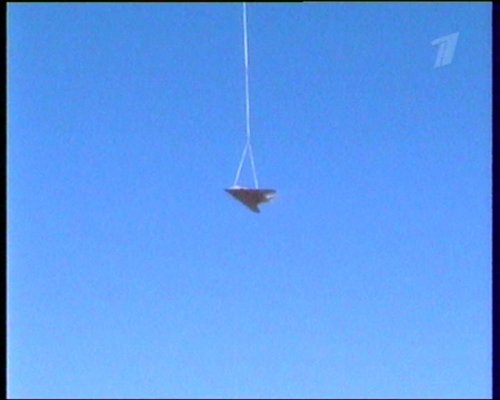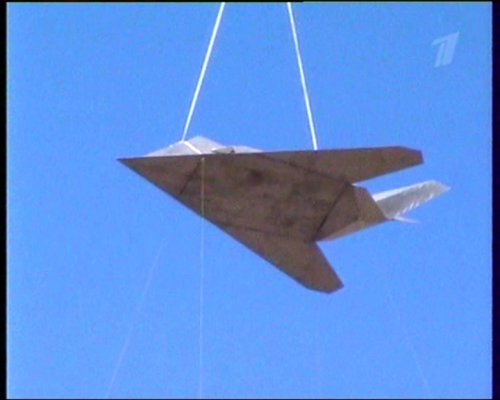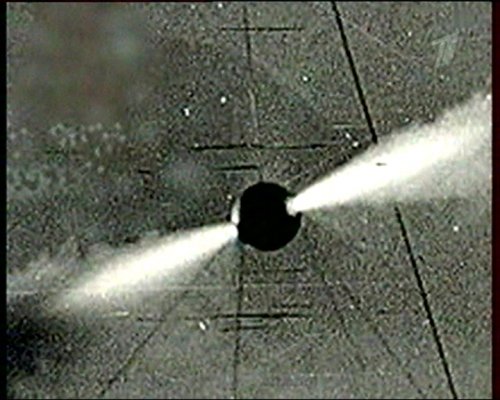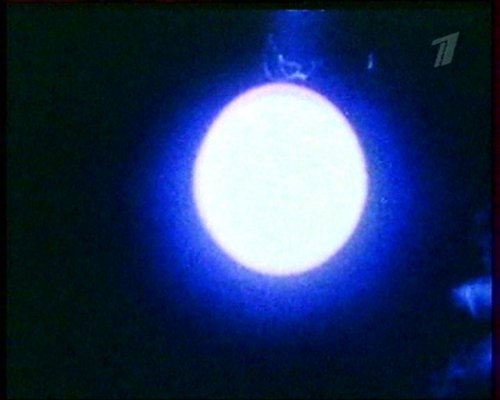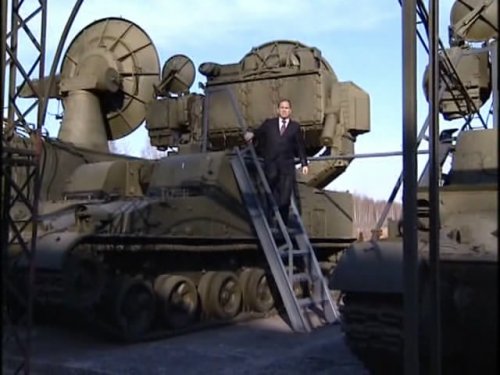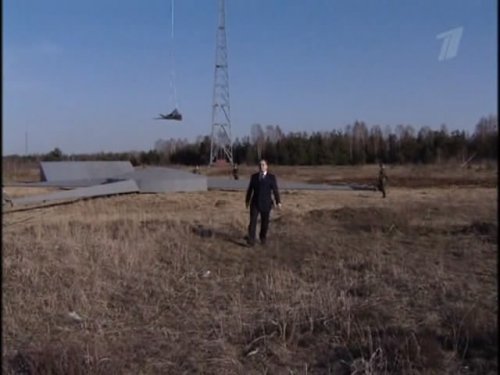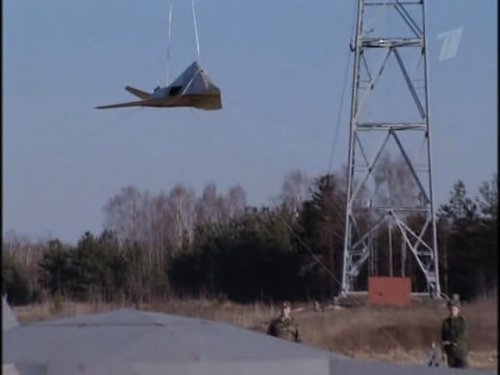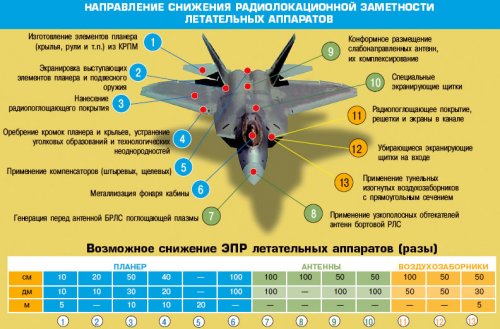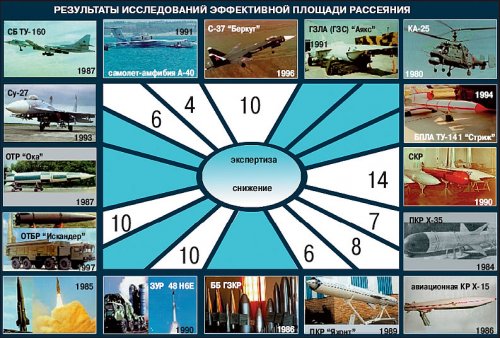"A Russian scientific research organisation is to offer for export a 'bolt-on' stealth device that it claims renders non-stealthy aircraft practically invisible to radar. The system, which envelops the aircraft in a cloak of ionised gas known as a plasma, is said to be fully developed, with work on a "third-generation visibility-reduction system" under way.
Keldysh NITs (Nauchno-Issledovatelskiy Tsentr or Scientific Research Centre) is making the claims. According to its director, Anatoliy Koroteyev, the system weighs less than 100kg and consumes little more than several dozen kW of power.
Given the state of the Russian economy, analysts consider it unlikely that any of NITs' work has been applied to Russian Air Force aircraft. According to Koroteyev, however, the system will soon be offered for export.
By installing the system, a typical aircraft radar cross-section (RCS) might be cut "by more than 100 times", Keldysh NITs officials said. This would be much the same RCS as dedicated US stealth aircraft such as the Lockheed Martin F-117 stealth fighter and the Northrop Grumman B-2 stealth bomber.
The claims are given credence by corroborating information on the status of Russian aerospace plasma research acquired by Jane's Defence Weekly last year. Russian work in the use of plasmas that purported to reduce aircraft drag by as much as 30% was collated by British Aerospace (BAe) in the mid-1990s. BAe has since been trying to verify the Russian claims in experiments carried out jointly with the UK Defence Evaluation and Research Agency (DERA) and the UK Ministry of Defence (JDW 17 June 1998).
One of the spin-offs of 'plasma aerodynamics', Russian officials told BAe, was that it vastly reduced an aircraft's RCS. The absorption of radio waves by plasmas is well known as the communications black-out that a space vehicle encounters on re-entry is caused by the shielding effects of plasma. This builds naturally in front of the spacecraft as it hits the Earth's atmosphere and shocks the air to high temperature.
The same principle applies to the absorption of radar energy. Although the aircraft would appear to glow like a lightbulb, using plasma generators all around the airframe, it would be almost invisible on a radar screen, Russian officials maintain.
In the opinion of designers at Mikoyan and Sukhoi, the expense of all-embracing low-observable technology as applied in the US Air Force's F-117 and B-2 outweighs its effectiveness. Russians prefer to stress the 'balance' achieved in their latest-generation of fighter designs between aerodynamic efficiency and stealth. The Mikoyan 1-44 and Sukhoi S-37 technology demonstrators, both of which have been rolled out in the past 18 months, are supposed to make use of radar-absorbent paint and materials but are short of inherent stealth features.
Keldysh NITs said that "first- and second-" generation plasma-generators had been tested on the ground and in flight. The centre is working on a third-generation system "based on new physical principles", a possible reference to the use of electrostatic energy around an airframe to reduce RCS. Others believe the Russians could be attempting to duplicate secret work under way in the USA to make aircraft invisible to the human eye by using 'smart skins' that mimic their background."
(source: Jane's Defence Wekly, March 17, 1999)



